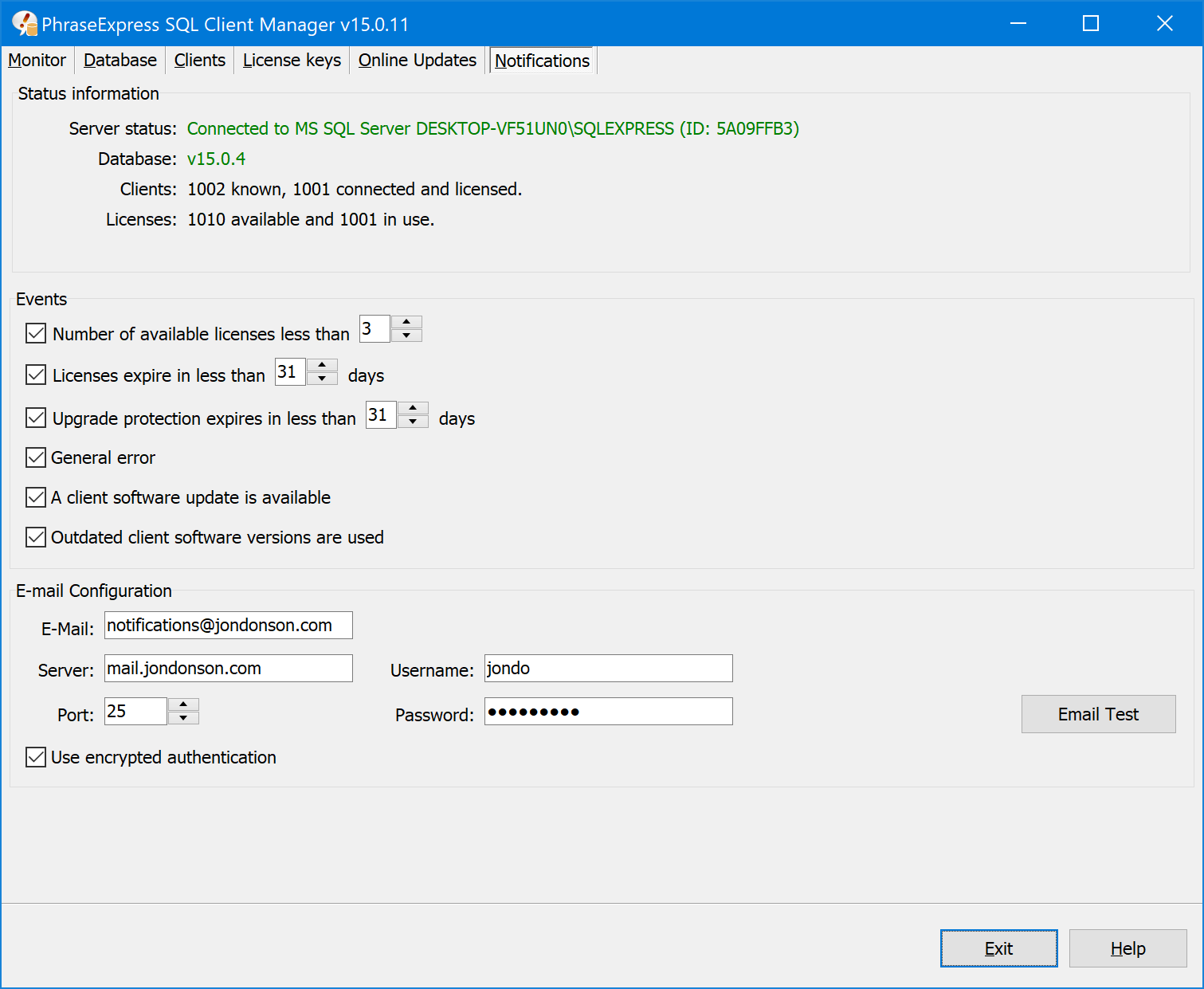

PhraseExpress runs in the background and can easily be opened to make changes to the existing list of abbreviations by clicking on its icon in the taskbar.īut PhraseExpress is much more than a simple text expander. (See Figure 1.)įigure 1: PhraseExpress allows you to set up keyboard shortcuts and abbreviations as triggersĪbbreviations and expansions are set up in seconds, are immediately available in every program, and can be set up to use plain or formatted text. For example, for transcription work, it’s easy to create an expansion with “i1” as the abbreviation that, when triggered, inputs “Interviewee 1: ”, including the space after the colon, and even with any formatting required. The user can set up keyboard shortcuts and abbreviations as triggers to input specific words and phrases. Not only is PhraseExpress easy to set up and use, it’s also free for personal use.

There are many text expansion solutions available, but I’ll focus on two here: PhraseExpress and TextExpander. Text expansion can be a great productivity boost, and, given that it’s so easy to set up and start using, I believe every language professional can benefit from it. I have abbreviations and expansions that I have used for years, but I also add new ones all the time, even when they will just be used for a short period, such as a company name that appears in a corporate video subtitling job. I use text expansion when translating, transcribing, and subtitling. I also use text expansion for standard email replies, such as my reply when I receive a job that I can or can’t accept, for the email body that accompanies my invoices, and for phrases and long words in general. Instead, I type abbreviations that get expanded after I type a punctuation mark or press a trigger key, such as the spacebar or Enter key.
Phraseexpress space full#
Note: The following was originally published in Deep Focus, the newsletter of ATA’s Audiovisual Division: I haven’t typed my full name or email address in years.


 0 kommentar(er)
0 kommentar(er)
